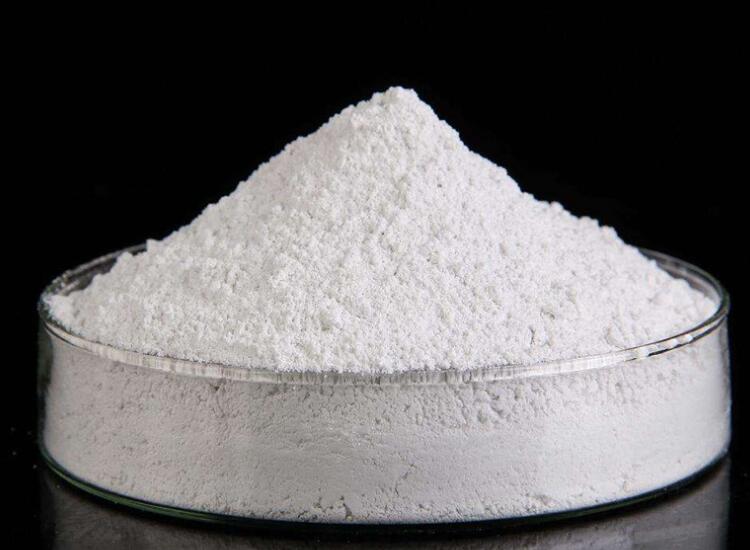High-efficiency heavy metal adsorption materials: controllable synthesis and performance optimization of porous magnesium oxide/magnesium hydroxide

Porous magnesium oxide and magnesium hydroxide have been widely studied as potential heavy metal adsorption materials due to their unique physical and chemical properties, such as large specific surface area, rich pore structure and excellent chemical stability. These materials show great application potential in the fields of water treatment and environmental pollution control. The following are some key points about the controllable preparation of porous magnesium oxide/magnesium hydroxide and the study of heavy metal adsorption performance:
Controllable preparation method
Template method: Using organic or inorganic template agents, porous magnesium oxide or magnesium hydroxide with regular pore structure is prepared through steps such as impregnation, precipitation, and calcination. The template method allows precise control of pore size, shape, and distribution to optimize adsorption performance. Sol-gel method: By controlling sol conditions (such as pH value, temperature, reaction time), porous materials with different pore structures and compositions can be prepared. This method is easy to produce on a large scale and can better control the microstructure of the material. Hydrothermal method and solvothermal method: Under high temperature and high pressure conditions, water or organic solvent is used as the reaction medium to promote the chemical transformation of the precursor to form a porous structure. This method can produce materials with high crystallinity and high specific surface area. Microwave synthesis method: Using microwave radiation heating, the synthesis and structure control of materials can be completed in a short time, achieving a fast and energy-saving preparation process, and at the same time, the pore characteristics of the material can be effectively controlled. Research on heavy metal adsorption performance
Adsorption mechanism: Porous magnesium oxide/magnesium hydroxide adsorbs heavy metal ions through ion exchange, surface coordination or precipitation reaction between surface hydroxyl groups and heavy metal ions. The increase in pore structure and specific surface area is beneficial to increasing the number of adsorption sites and adsorption efficiency. Selectivity and adsorption capacity: By adjusting the pore size, morphology and surface functional groups of the material, the selective adsorption capacity for specific heavy metal ions can be improved. Studies have found that appropriate pore size can effectively capture target ions while maintaining good permeability. Regeneration and recycling: Examine how adsorbed saturated materials can be regenerated through physical or chemical methods (such as pickling, pyrolysis, electrochemical regeneration), and evaluate the feasibility of reuse and the stability of adsorption performance. Influence of environmental factors: Study the impact of environmental factors such as pH value, temperature, heavy metal ion concentration, etc. on adsorption performance, and optimize adsorption conditions to achieve the best removal efficiency.
The controllable preparation technology of porous magnesium oxide and magnesium hydroxide and their efficient adsorption performance for heavy metal ions are crucial for the development of new, efficient and low-cost water treatment materials. By precisely controlling the preparation conditions, porous materials with specific functions can be designed to meet the needs of different environmental governance and provide scientific basis and technical support for the control of heavy metal pollution.








